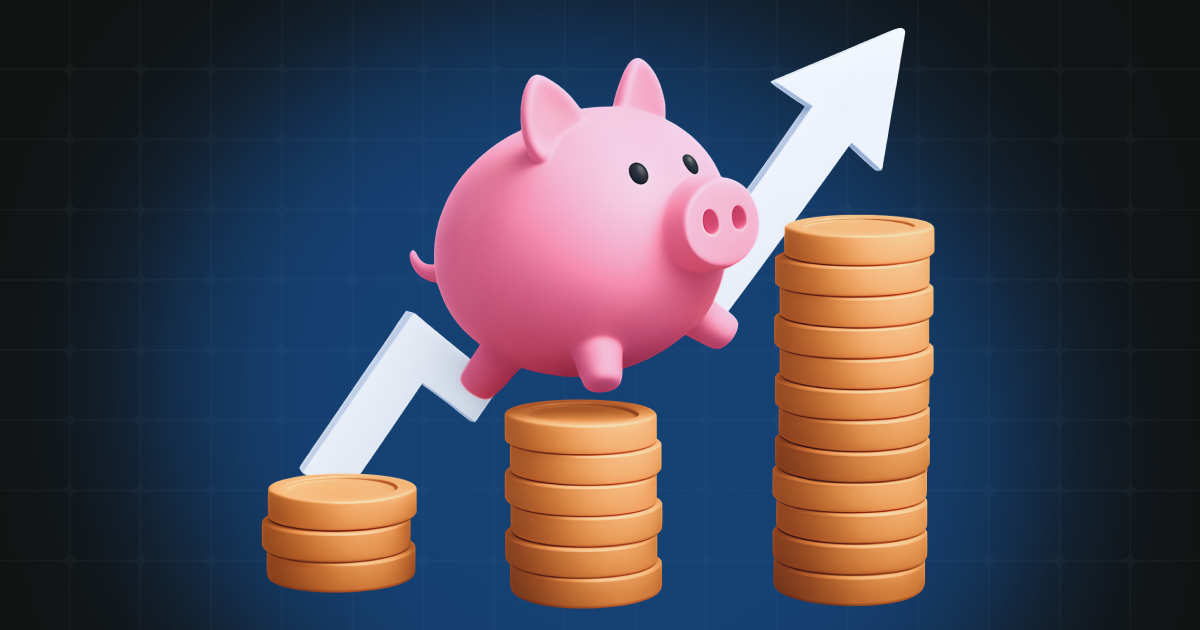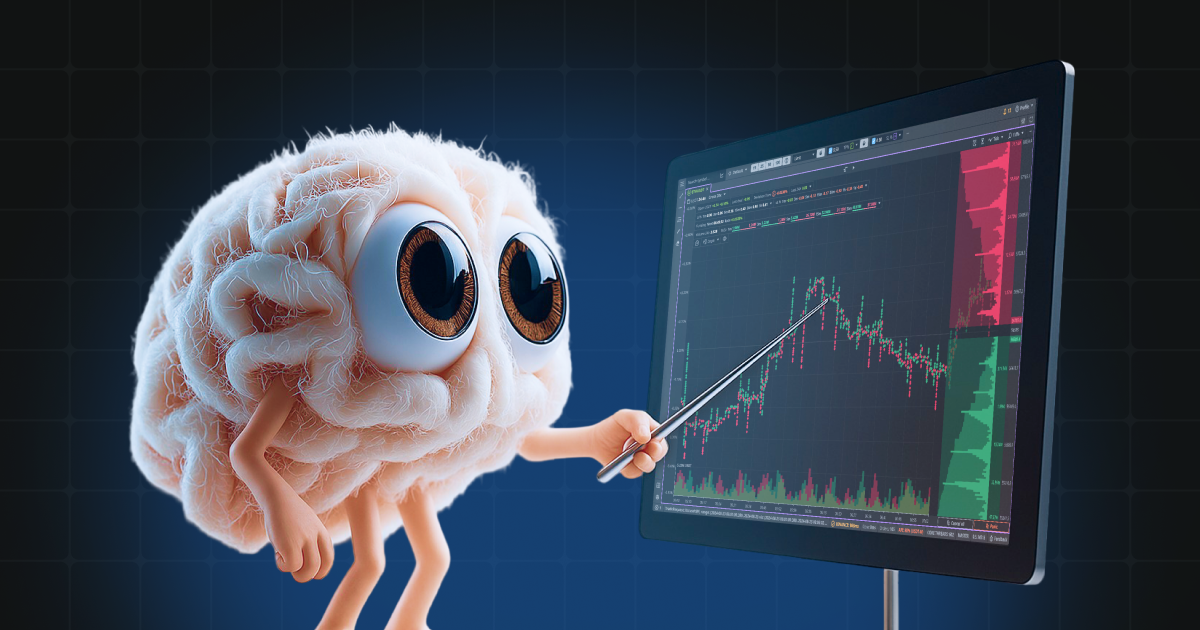


In the endless battle on the market between the bulls and the bears, not always the one who is more aggressive wins. The onslaught of one of the parties inevitably leads to an oversold or overbought status of any asset, which in itself is a signal for action.
«Let us calculate, without further ado, and see who is right.»
Gottfried Wilhelm Leibniz
A number of indicators and oscillators are built on overbought and oversold – the RSI, Bollinger lines, Stochastic indicator, ROC – and they all signal an overbalance of forces in one direction or another.
In distant 1978, an article by the well-known trader Wells Wilder appeared in Commodities magazine describing a novelty for the financial market of that time – the RSI indicator (Relative Strength Index). A few years later, Wilder published the book “New concepts in technical trading systems,” which revolutionized the world of technical analysis.

The RSI refers to leading indicators, or oscillators, and has a range of values from 0 to 100, which shows the strength of the trend:
The relative strength index, or RSI, is most often used to search for overbought and oversold areas, as well as to determine the trend and kickbacks.
Overbought and oversold areas are those market phases in which the indicator is above or below a certain range of values. It is believed that if the RSI is more than 70, then the market is oversold, and if it is less than 30, it is overbought.
It should be borne in mind that in the overbought or oversold zone, the chart may be long enough. Also, the movement of the graph from any zone does not guarantee its movement in the opposite direction.
Trend movement is usually accompanied by kickbacks, or counter-trend movements, the range of which is several times smaller than the range of the trend itself. Often, traders make mistakes by accepting kickbacks as the beginning of a trend change. This is when the RSI comes to the rescue, which helps to understand whether a reversal has really happened:
The strength of the trend in the RSI indicator is measured by the cumulative height of falling or growing candles; then these values for a certain period are processed by an exponential average (EMA). It turns out that the formula contains the ratio of the average height to the average fall for a certain number of candles.
RSI = 100 — (100 / (1 + U / D)),
Where:
U is the exponential average of changes in growing candles;
D is the exponential average of changes in falling candles.
The market speedometer, or the Stochastic indicator, was proposed by George Lane, president of Investment Educators, in the 1950s. He offered the community a simple but effective tool to measure the rate of price change and determine the “boiling points” on the market, or excellent points for opening or closing deals.

The Stochastic graph expresses the relationship between the closing price and the maximum-minimum range as a percentage from zero to 100. For example, a stochastic oscillator value of 70 or higher means that the closing price is near the upper limit of the range, which in turn allows to judge the prevalence of bullish sentiment on the market.
Like the RSI, this chart shows overbought and oversold areas, but they are somewhat wider: 20 for oversold and 80 for overbought. It is important to note that in phases of a trend, the Stochastic gives a lot of false signals, unlike the RSI.
The best signal from the Stochastic oscillator is considered to be divergence or divergence of the % D line or % K line with the price. When the price reaches a new lower minimum, and the oscillator gives a higher minimum, there is a discrepancy and a good buy signal. It is recommended to consider only the divergences formed within the overbought or oversold zones, since they are considered more reliable.
The indicator Bollinger bands entered the trader’s toolkit in the 80s of the last century. It is based on statistics: averaging and standard deviation.

The indicator consists of 3 lines:
The last two lines form a channel in which the price is located most of the trading time.
Bollinger lines effectively define overbought and oversold zones. Traders who trade trend strategies should take a closer look at the zones where the price goes beyond the indicator. Counter-trend strategies involve the analysis of market segments where the price is close to one of the channel borders.
Special attention should be paid to the narrowing of the trade channel. This phenomenon is usually called the narrowing of volatility, and after it, as a rule, there is a sharp movement of the asset.
The ROC indicator, or Rate of Change, can be called one of the simplest, but at the same time effective oscillators that measure the speed of the market. It is based on only one metric – the closing price, and the ROC shows the percentage increment of the price for a certain period. Why, then, is this indicator popular with traders and analysts?

Everything ingenious is simple, since the indicator reacts to a change on the market situation much faster than alternative oscillators, since the price is taken into account without averaging. At the same time, the reaction rate of indicators using averaging decreases with an increase in its period. ROC helps to effectively distinguish trend movements from kickbacks as the period increases. Thus, despite the simple and understandable formula, ROC retains all the advantages and functionality of oscillators.
The RSI, Stochastic and ROC are proverbial Swiss knives, multifunctional tools in a simple and ergonomic package. Using them, traders can determine the trend and find divergences and patterns, which will allow us to open or close a position in time.
Register on for free:
Check us out on





















© 2024 MTSS Development OU, Estonia. All rights reserved.
Disclaimer: Moontrader is not a regulated entity. Trading involves substantial risks, and past performance is not indicative of future results. The profits shown in product screenshots are for illustrative purposes and may be exaggerated. Only engage in trading if you possess sufficient knowledge. Under no circumstances shall Moontrader accept any liability to any person or entity for (a) any loss or damage, in whole or in part, caused by, arising out of, or in connection with transactions involving our software or (b) any direct, indirect, special, consequential, or incidental damages. By using Moontrader's services, you acknowledge and accept the inherent risks involved in trading and agree to hold Moontrader harmless from any liabilities or losses incurred. It is essential to review and understand our Terms of Service and Risk Disclosure Policy before using our software or engaging in any trading activities. Please consult legal and financial professionals for personalized advice based on your specific circumstances.
All trademarks and copyrights belong to their respective owners. MoonTrader ecosystem is a registered trademark of MTSS Development OU, Estonia.